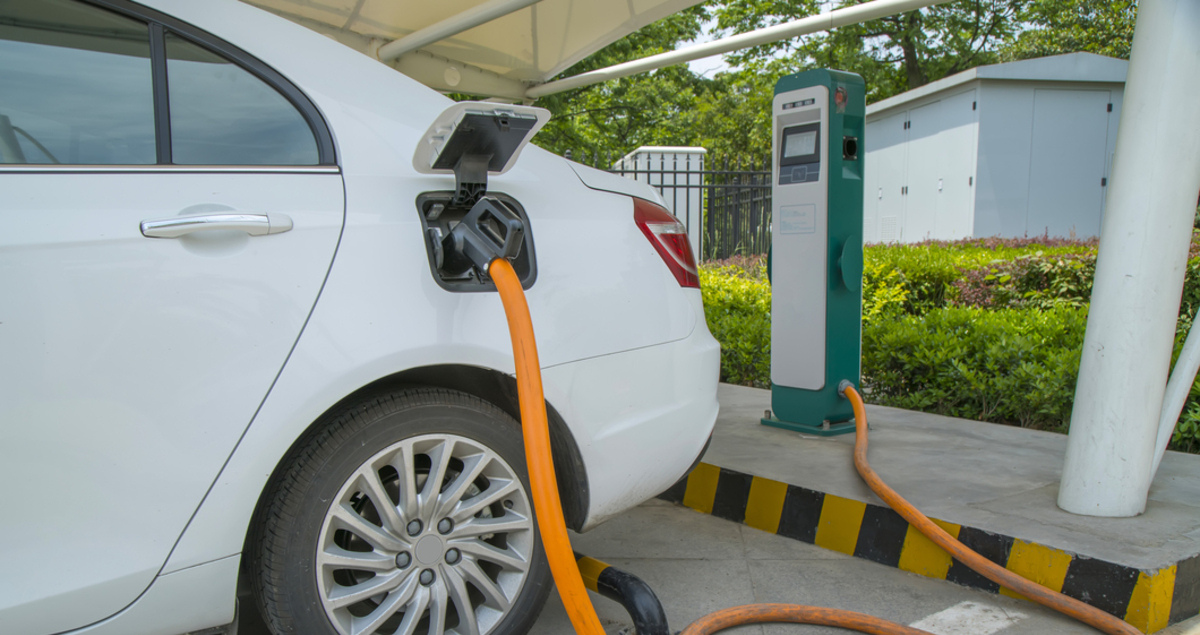Investing in tomorrow’s energy infrastructure

The global quest for more sustainable energy and the fact that some renewable power sources have become cheaper than fossil fuels have prompted a rethink of how we generate, store, transport and consume energy. However, fully embracing clean energy will involve refitting legacy pipelines, electricity grid networks and other infrastructure or building from scratch to develop new technologies. All of this requires investment.
Financing options range from government grants to pension funds to corporate bonds. But will the funds available match up to the level of investment required to set the energy sector on a course toward net zero emissions?
New connections
Among the many funding challenges on the horizon are: new infrastructure to connect the grid to local, renewable power generation resources; smart grids to accommodate small-scale residential and commercial energy generation; and the development of electric-vehicle-charging infrastructure near roads, workplaces and homes. In addition, huge investments are needed to reinforce or replace existing grid infrastructure to store and transport new fuels like hydrogen.
Infrastructure investments in Europe alone will reach €290 ($345) billion per year by 2025, according to a McKinsey report. Meanwhile in the US, President Biden’s Build Back Better plan contains a $3 trillion infrastructure funding package aimed at promoting clean energy.
The scale of the investment challenge worldwide to reach net zero emissions is many multiples of this. Which begs the question of who is going to foot the bill?

Risks and rewards
Traditional sources of finance like government grants and subsidy schemes will no doubt continue to provide a stable stream of funding for large infrastructure projects, and a low-risk investment opportunity for private funds and investors.
But this will not be enough on its own, and the push toward net zero emissions is also encouraging corporates and investors to find new ways of raising sustainable finance.
For example, companies such as Mitsubishi Heavy Industries (MHI) Group have issued green bonds to help finance renewable and clean energy projects, like wind power, hydrogen and geothermal energy.
Meanwhile, asset managers BlackRock and Temasek have joined forces to launch a series of investment funds aimed at accelerating efforts to reach net zero emissions by 2050. A combined investment of $600 million will create multiple funds to support technologies that reduce or eliminate carbon emissions. The funds will also raise third-party capital, with the first fund targeting $1 billion in investment.
Furthermore, leading investment banks like JP Morgan, BofA Securities and Crédit Agricole are setting ever higher targets for providing green loans to support clean energy projects. French bank Société Générale is targeting €120 billion (around $145 billion) in energy transition finance between 2019-2023, for example.
Such developments are a reflection of shifts in the market.
“The market is changing and investors are looking to put their money into energies, industries and jurisdictions taking meaningful climate actions, and divesting from those that in their view are not,” Seamus O’Regan, Canada’s Minister of Natural Resources, told the IEA-COP26 Net Zero Summit in March 2021.
The greatest opportunity
O’Regan further emphasized the vital role of policymakers in providing incentives to develop and scale up new technologies and minimize risks. Policy moves like the 45Q tax credit scheme in the US encourage investment in carbon capture, utilization and storage (CCUS) projects, for example. While wind energy projects have received a boost with the extension of the US wind energy production tax credit (PTC) through 2021.
Just as investors can see that sustainable investment makes not only environmental but also financial sense, so too are politicians now aware of the political capital that can be generated through investment in green technologies and the jobs that they can create.
Also speaking at the IEA-COP26 summit, John Kerry, the US Presidential Special Envoy for Climate, said: “This is the greatest economic opportunity we’ve ever had. We are looking at the biggest job market ever known. Every task we have – building out the grid, solar power, wind power, building out hydrogen, batteries, switching to electric vehicles – will all create jobs.”
The question that remains, is whether policymakers’ ambitions and investor appetite will enable the world to fully realize this opportunity and to successfully achieve net zero emissions.
Discover more about MHI’s green bond outline




